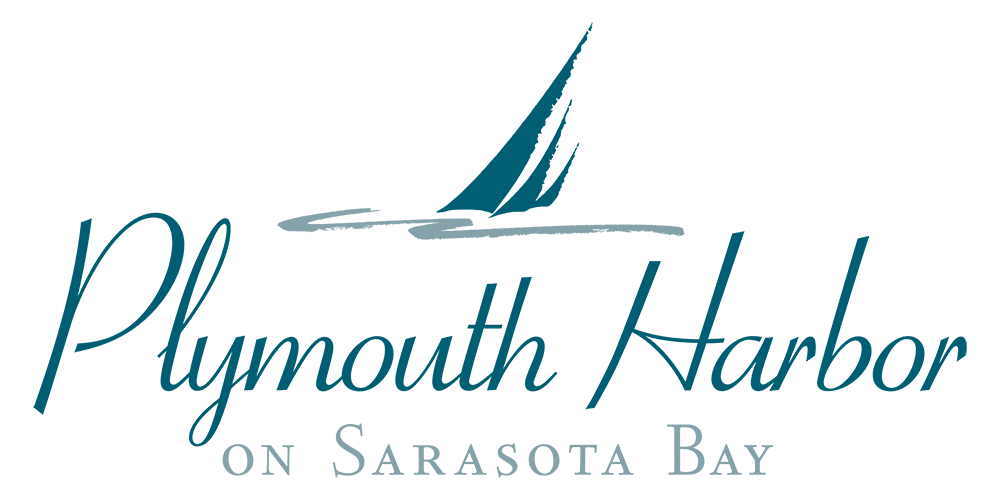
Why Choosing a Non-Profit Continuing Care Retirement Community Matters
What is a Continuing Care Retirement Community (CCRC)?
A Wide Array of Amenities and Services
Senior living options have expanded and improved over the past several decades, now offering a multitude of opportunities for active older adults. According to LeadingAge, a 501 (c)(3) association of 6,000 nonprofit providers of aging services, active older adults expect their home communities to provide a wide array of experiences and amenities, such as cultural events, excursions and day trips, clubs, community gardens, woodworking shops, indoor pools, craft and art rooms, wellness programming, and fitness classes.
Levels of Care as Needed
A Continuing Care Community, sometimes called a Life Plan Community, offers all of these older adult enrichment opportunities with the added convenience of continuum of care options should a resident’s care needs change. This care is often provided on one campus, eliminating the need for multiple, disruptive moves and allowing for continuity of care.
For example, a resident could enter a CCRC as a resident in Independent Living but might need rehabilitation care following knee or hip surgery. A resident might also need additional help with the tasks of everyday living, requiring a move from Independent Living to Assisted Living. All of these scenarios and more can usually be accommodated at a CCRC.
A Focus on Wellness and Engaged Living
Seniors and their loved ones have new expectations for active adult living and opportunities to learn, grow, and fully engage in a life of purpose and meaning, which CCRCs strive to provide. Research from a variety of sources, including a University of Chicago study published in June 2024 shows that living in a senior housing community increases both longevity and life satisfaction because care and enrichment is readily and conveniently available. Other benefits of living in a CCRC include the following:
- Security, stability, and peace of mind for seniors and their families
- Campus settings, often with natural features, such as walking paths and gardens
- Maintenance-free living
- Transportation, housekeeping, meals, and other services
- Potential tax benefits via deductions of entrance and monthly fees
Why Not-for-Profit CCRCs Offer Substantive Advantages Over For-Profit Care Communities
It’s All About the Mission
LeadingAge explains that nonprofits that deliver care services to seniors are “driven by a higher moral purpose.” Their status as nonprofits, by definition, necessitates an obligation to community involvement, resident care, and compassion. Rather than being beholden to investors and shareholders, and delivering a return on investment, not-for-profit CCRCs are guided by missions of service to their residents, their families, and their staff.
Most not-for-profit CCRCs are owned by religiously affiliated or fraternal organizations, lending a values-based structure and overarching philosophy of service to care and other services offered.
According to the Center for Medicare Advocacy, a nonprofit organization advocating for quality healthcare for older people and those with disabilities, the combined results of extensive research find that the type of ownership of a senior community affects “the quality of care that facilities provide to their residents.” In short, at a non-profit senior living community, the well-being and care of residents is prioritized over profits.
Follow the Financing
For-profit CCRCs operate with the expectation of making money on the investment made in the senior living community they operate. Healthcare investment banking expert James Moloney of Cain Brothers explains that for-profit enterprises are “run from a financial return perspective, as opposed to the mission-in-perpetuity perspective of the not-for-profits.” This fundamental difference in mission and financial perspective can change both the delivery and quality of care for residents in senior living communities.
In addition, not-for-profit CCRCs are funded through charitable giving, resident contracts, and entry fees rather than via outside investors. For-profit CCRCs, in contrast, are businesses operated with the expectation of earning a profit that is then distributed among investors.
The bottom line is that what is in the best interests of for-profit stakeholders is not always in the best interests of community residents.
Keeping Earnings in the Community
By IRS definition, a 501(c)(3) nonprofit organization is a charitable entity, and “must be organized and operated exclusively for exempt purposes” and “none of its earnings may inure to any private shareholder or individual.” Since earnings, by law, may not benefit shareholders, individuals, or other stakeholders, earnings are therefore returned to the community for its benefit.
Responsiveness to Residents’ Needs
According to the Center for Medicare Advocacy, for-profit and chain-operated nursing facilities tend to devote fewer resources to direct patient care, resulting in poorer quality of care for residents.
In contrast, nonprofit CCRCs often partner with local and community organizations to improve the quality of care delivered. For example, a nonprofit CCRC can work with a local hospital or healthcare provider to enhance care services for residents and provide advanced training for staff. Working with a local university or other educational nonprofit brings chances for auditing classes, attending lectures, and other learning and volunteer opportunities.
Nonprofit CCRCs, therefore, are able to be more flexible and are better positioned to form alliances that help realize residents’ vision for the community they call home.
Resulting Staffing and Care Benefits
A 2023 Staffing Study by the Centers for Medicare and Medicaid Services (CMS) as reported in the National Consumer Voice for Quality Long-Term Care, a 501(c)(3) nonprofit, finds that non-profit care homes provide more staff and more staff contact hours than for-profit communities. The nonprofit average of 23% staffing hours more than for-profits actually far exceeds the CMS-recommended staffing guidelines.
In advocating for the feasibility and desirability of a higher CMS staffing contact standard, the National Consumer Voice notes that, “for years, the for-profit nursing home industry has purposefully understaffed their facilities to maximize profits.”
Finding the Right Non-Profit CCRC
According to Senior Housing News, about 80% of the CCRCs in the US are non-profit senior living communities. How, then, to find the best not-for-profit community? Consideration of the following is a good start:
- Financial stability
- Comprehensive levels of excellent care
- Transparent fee structure
- Campus security
- Options for contracts, living accommodations, and dining plans
- Amenities and activities
- Geographical suitability
Plymouth Harbor: A Model of Non-Profit CCRC Excellence
Since 1966, Plymouth Harbor on Sarasota Bay has been providing continuing care of distinction for its residents on its beautiful coastal campus. A devoted board of trustee-advocates and a management team dedicated to community excellence provide superior leadership for this forward-thinking, financially stable community.
A plethora of services, amenities, and activities, combined with multiple levels of outstanding care, make Plymouth Harbor an excellent choice for engaged senior living.
Plymouth Harbor’s transparent fee structure facilitate the understanding of the CCRC’s commitment to providing services and how a resident pays for these services.
A Commitment to Philanthropy: A Culture of Caring
The Plymouth Harbor community is dedicated to supporting the needs of residents and staff via the Plymouth Harbor Foundation.
Since 2012, the Foundation has provided assistance to residents in need, offered generous financing for innovative program enhancements, and supported team members with scholarships, childcare help, and monetary awards.
An Opportunity to Learn More
Come explore Plymouth Harbor and learn more about this extraordinary community. Call 941-361-7512 to schedule your private tour and discover why life truly is better on Sarasota Bay!



